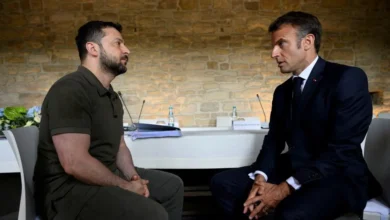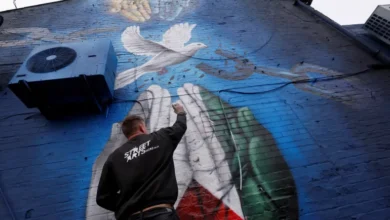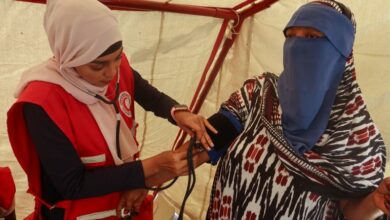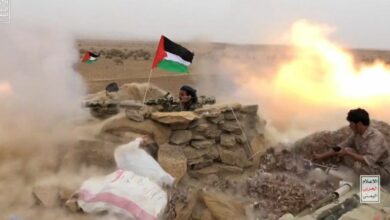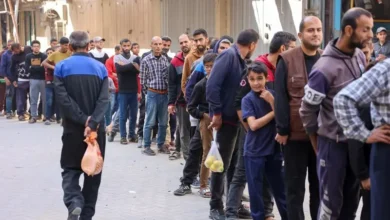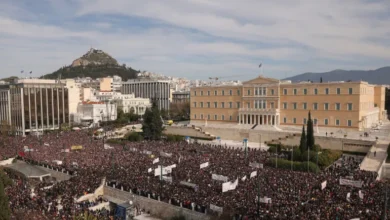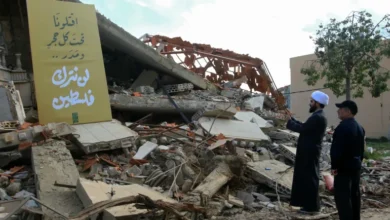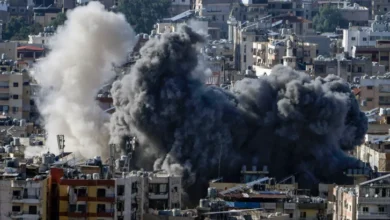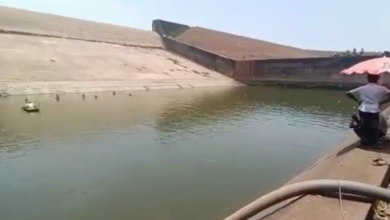The Sudan crisis: A power struggle by design

The crisis in Sudan is in its fifth week with no end in sight.
Neither the Sudanese Armed Forces (SAF) nor the paramilitary Rapid Support Forces (RSF) have been able to gain decisive victories in the capital, Khartoum.But their inability to overpower each other is not totally surprising. Instead, it is largely a byproduct of longtime President Omar al-Bashir’s strategy of rule in a country that has witnessed 16 failed and successful coup attempts since its independence.
Having come to power through a military coup himself in 1989, al-Bashir needed to keep his own army in check without rendering it too weak to maintain his hold on power. A sizable paramilitary is seen as reducing the risk of military coups because it shifts executive power away from a regular military to add a layer of protection against foreseeable mutinies.
For one state to have two sizable, quasi-independent armed forces is extremely risky and only works if these armed forces fulfil different functions to counterbalance each other.
The RSF pitted against the SAF
Numbers on the size of Sudan’s army and the RSF vary widely. The SAF is estimated to have about 200,000 active personnel compared with the RSF, where estimates range from 70,000-150,000.
With the constitutional task of upholding domestic order and contributing to the country’s development, the SAF is the coercive backbone of Sudan’s political system. Under al-Bashir, military spending accounted for up to 29 percent of Sudanese government expenditures.
Al-Bashir ruled Sudan for 30 years until the military removed him in April 2019 on the back of months-long popular protests. After months of wrangling, the new ruling generals agreed in August 2019 to share power with civilians representing the protest movement during a transitional period before elections.
But in October 2021, Sudan’s fragile democratisation process came to an abrupt end when the leader of the army, Abdel Fattah al-Burhan, and the RSF commander, Mohamed Hamdan “Hemedti” Dagalo, seized total power in a coup. Cracks, however, soon emerged as the pro-democracy protests continued and the thorny issue of the RSF’s integration into the regular army remained unsolved.Cameron Hudson, an analyst at the Center for Strategic and International Studies, said that in terms of their equipment and training, “[the] SAF are a conventional African army in the sense that their order of battle is in the domain of heavy weaponry and armour. They have tanks, armoured personnel carriers, and they have an air force which gives them air superiority.”According to the SIPRI Arms Transfers Database, in the last decade, Belarus, China, Russia, and Ukraine were the SAF’s most important suppliers of aircraft, missiles and armoured vehicles. A United Nations arms embargo imposed in 2004 in response to violence in the Sudanese region of Darfur had disrupted supply chains for the SAF’s weapons.
“They struggled to keep their equipment operating because they could not get spare parts. Sudan is also a punishing environment for sophisticated weaponry because of the sand and heat. Equipment and maintenance were a challenge [for the SAF]”, Hudson said.
The RSF, on the other hand, is a non-conscripted force that was formally set up as an extension and counterweight to the SAF a decade ago, evolving from the so-called Janjaweed militias under the auspices of al-Bashir to combat secessionism in Darfur.In 2015, the RSF was officially incorporated into the state’s coercive apparatus under the command of Hemedti, subjugated only under al-Bashir and his National Intelligence and Security Service.
Like the Janjaweed, members of the RSF were recruited by Hemedti from Arab tribes in Darfur. This makes the RSF culturally, ethnically and religiously more cohesive than the conscripted corps of the SAF.
The RSF also has its own revenue streams; private companies owned by Hemedti and members of his family, including holdings in gold mining, livestock and infrastructure.
In contrast to the SAF, the Janjaweed’s chief purpose was targeted armed campaigns against non-Arabs in remote areas. The RSF retained the Janjaweed’s tactical setup as a mobile guerrilla and counterinsurgency force. Domestically, it has previously fought in Kordofan, the Blue Nile State and Khartoum in 2019; outside Sudan, RSF members have fought against the Houthi rebels in Yemen.
In terms of weapons, the RSF uses some government-supplied arms, though it is also known to confiscate weaponry and vehicles from other militia.
In contrast to the SAF, the Janjaweed’s chief purpose was targeted armed campaigns against non-Arabs in remote areas. The RSF retained the Janjaweed’s tactical setup as a mobile guerrilla and counterinsurgency force. Domestically, it has previously fought in Kordofan, the Blue Nile State and Khartoum in 2019; outside Sudan, RSF members have fought against the Houthi rebels in Yemen.
In terms of weapons, the RSF uses some government-supplied arms, though it is also known to confiscate weaponry and vehicles from other militia.
As the sticky matter of the RSF’s integration heated up in the weeks before the fighting, Powell noted that “it could have been that al-Burhan felt more secure in his position than he was.
“I would not discount the possibility that Al-Burhan’s lack of action was to avoid the clashes [between SAF and RSF] that we are seeing right now,” he added.
Khartoum’s urban setting is a problem for both SAF and RSF
With the fighting now in its second month, analysts say the urban setting of Khartoum poses a problem for both the RSF and SAF due to their combat histories and specialisations.
“[The SAF is] not known for being highly mobile on the ground, or even being precise with respect to their air force”, Hudson said.
The RSF, on the other hand, never had the same training as the army in defending fixed positions, holding territory, or sustaining attacks.
